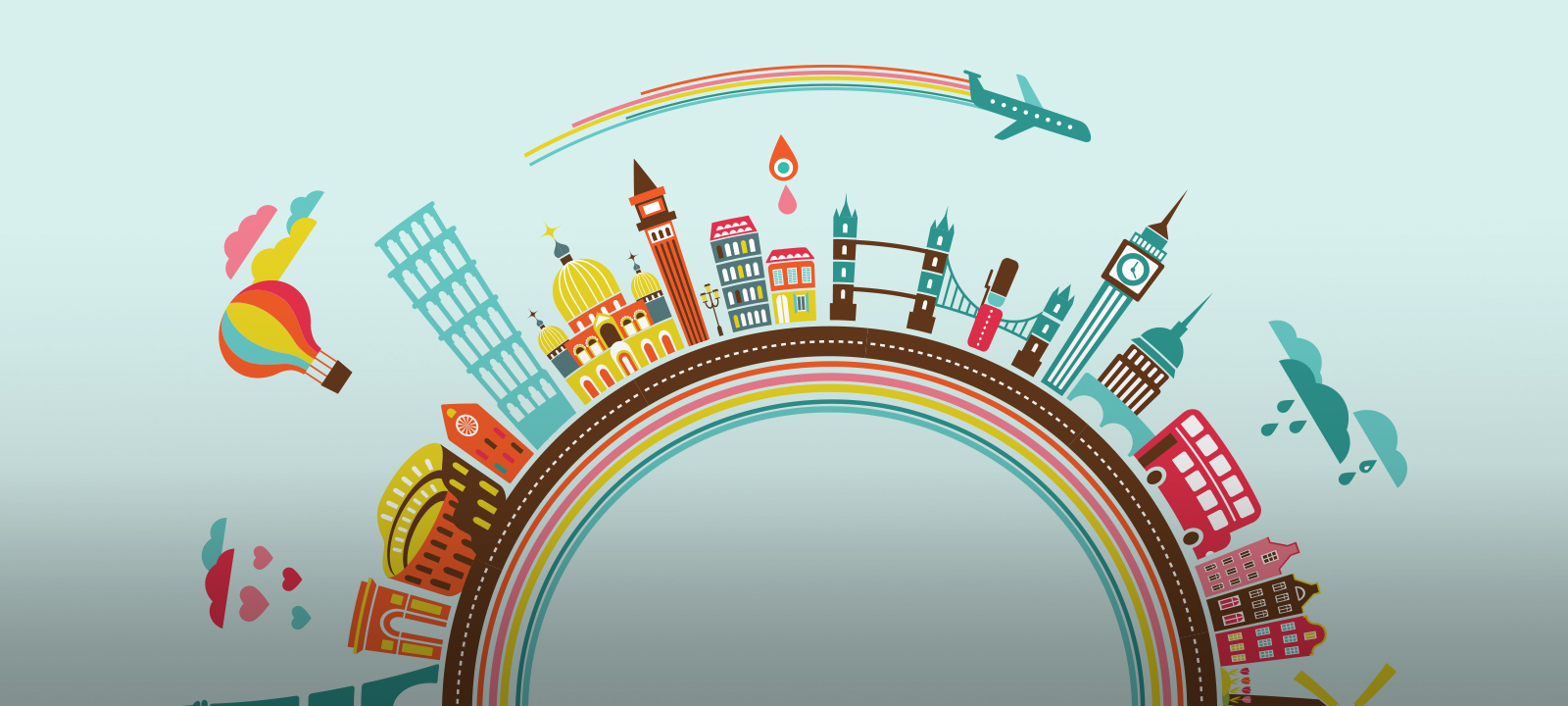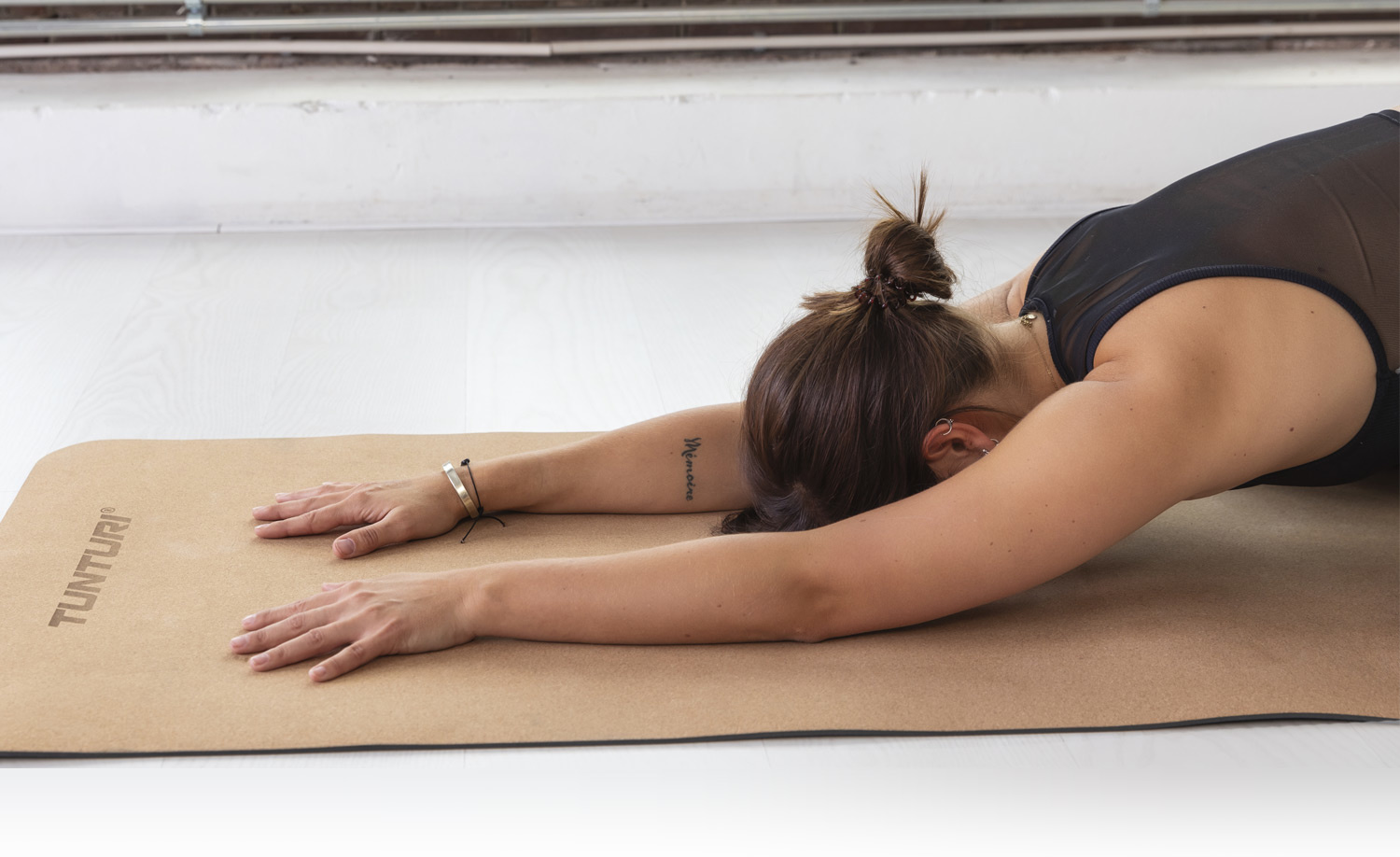Nestled in the heart of Vienna, Schönbrunn Palace in Vienna stands as a timeless symbol of Austria’s imperial grandeur. With its opulent architecture, meticulously landscaped gardens, and a rich historical legacy, this UNESCO World Heritage Site offers visitors an immersive journey into the life and culture of the Habsburg dynasty. From the regal halls where emperors once walked to the vibrant gardens that inspired generations of European royalty, Schönbrunn Palace is more than a tourist attraction — it is a living testament to Austria’s storied past.
A Historical Overview of Schönbrunn Palace in Vienna
Origins and Early Development
The history of Schönbrunn Palace in Vienna dates back to the 16th century when it began as a modest hunting lodge for the Habsburg monarchs. Over the decades, it evolved into one of the most magnificent Baroque palaces in Europe. The transformation accelerated under Emperor Leopold I, who envisioned a residence that could rival other European royal estates in elegance and scale.
Empress Maria Theresa and the Palace’s Golden Era
The most iconic period in the palace’s history is closely tied to Empress Maria Theresa, who reigned in the 18th century. Her extensive renovations included the construction of the grand State Rooms, which reflected the Baroque taste of the era. Under her guidance, Schönbrunn became a center of political power, culture, and education, hosting court ceremonies, official receptions, and lavish celebrations that showcased Austria’s imperial prestige.
Architectural Splendor of Schönbrunn Palace in Vienna
Exterior Design and Baroque Influence
Schönbrunn Palace in Vienna is a quintessential example of Baroque architecture. Its symmetrical design, elaborate facades, and ornate detailing capture the essence of imperial elegance. Visitors are often struck by the palace’s harmonious proportions and the intricate stucco work that adorns its exterior, highlighting the craftsmanship of the 18th-century architects.
Interior Masterpieces
Inside, the palace dazzles with over 1,400 rooms, though only a fraction is open to the public. The State Rooms are particularly notable, featuring lavish decorations, exquisite frescoes, and priceless furniture that transport visitors back to the era of imperial courts. The Great Gallery, with its mirrored walls and gilded accents, stands as a centerpiece, reflecting both artistic mastery and the opulence of the Habsburg dynasty.
Gardens and Outdoor Attractions
The Imperial Gardens
No visit to Schönbrunn Palace in Vienna is complete without exploring its expansive gardens. Designed in the formal French style, the gardens feature perfectly manicured lawns, ornate fountains, and classical sculptures that create a serene and picturesque environment. The Neptune Fountain, one of the garden’s most famous landmarks, exemplifies Baroque artistry in landscape design.
The Gloriette and Panoramic Views
Perched atop a hill overlooking the palace, the Gloriette offers breathtaking views of Schönbrunn Palace and the city of Vienna. Originally built as a triumphal arch and viewing platform, it symbolizes the power and grandeur of the Habsburg Empire. Visitors can enjoy a leisurely stroll or sip coffee at the Gloriette Café while taking in panoramic vistas of the palace and its surrounding gardens.
The Palm House and Zoological Garden
Schönbrunn’s gardens also house the Palm House, a magnificent greenhouse with exotic plants from around the world, and the world-renowned Schönbrunn Zoo, the oldest continuously operating zoo in the world. Both attractions highlight the Habsburgs’ dedication to science, nature, and cultural enrichment, making the palace a multifaceted destination for visitors of all ages.
Cultural Significance and Modern-Day Relevance
Schönbrunn Palace as a UNESCO World Heritage Site
Recognized as a UNESCO World Heritage Site since 1996, Schönbrunn Palace in Vienna embodies the historical, cultural, and architectural heritage of Austria. Its preservation allows visitors to experience the grandeur of imperial life while appreciating the palace’s influence on European art, architecture, and urban design.
Hosting Events and Cultural Activities
Today, Schönbrunn Palace remains a vibrant cultural hub. From classical concerts in the Orangery to seasonal events like Christmas markets, the palace continues to serve as a space for artistic expression and public engagement. These activities ensure that Schönbrunn is not only a historical monument but also a living part of Vienna’s cultural landscape.
Tips for Visiting Schönbrunn Palace in Vienna
Planning Your Visit
To fully experience Schönbrunn Palace in Vienna, it is recommended to allocate a full day for your visit. Start with a guided tour of the palace interiors to gain insight into the lives of the Habsburgs, then spend time exploring the gardens, Gloriette, and other outdoor attractions. Booking tickets in advance can help avoid long lines, especially during peak tourist seasons.
Best Times to Visit
The palace is enchanting year-round, but spring and early autumn offer mild weather and vibrant garden blooms, making them ideal for outdoor exploration. Winter visits provide a magical atmosphere, particularly during festive events and the renowned Christmas market.
Accessibility and Amenities
Schönbrunn Palace offers excellent facilities for visitors, including wheelchair accessibility, guided tours in multiple languages, and family-friendly amenities. On-site cafes and restaurants ensure that guests can enjoy a comfortable and convenient experience while exploring the grounds.
Conclusion: Experiencing the Majesty of Schönbrunn Palace in Vienna
Visiting Schönbrunn Palace in Vienna is more than a sightseeing excursion; it is a journey through Austria’s imperial history, art, and culture. From its stunning Baroque architecture and opulent State Rooms to its meticulously designed gardens and modern cultural offerings, the palace offers a comprehensive glimpse into the grandeur of the Habsburg era. Whether you are a history enthusiast, architecture aficionado, or casual traveler, Schönbrunn Palace promises an unforgettable experience that captures the essence of Vienna’s imperial legacy.
Plan your visit today and step into a world where history, art, and nature converge in a majestic harmony that has captivated generations. Schönbrunn Palace in Vienna awaits — a timeless treasure at the heart of Austria.



